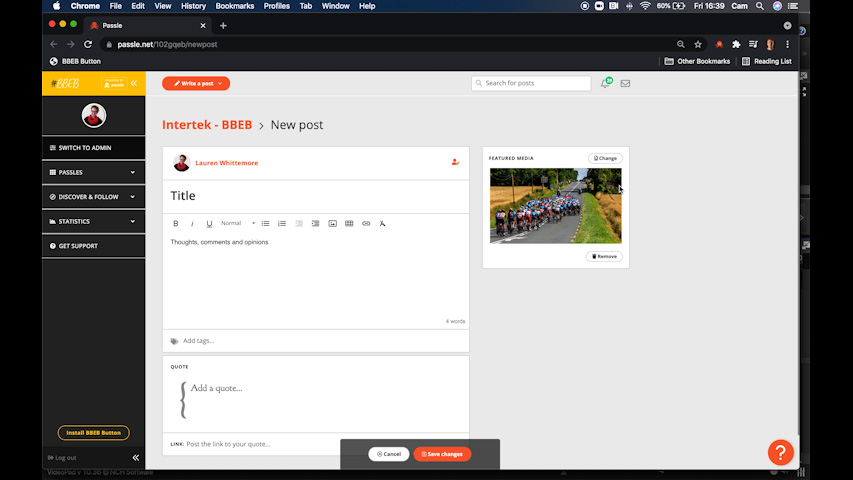One of the things I value the most is spending time outdoors. My favorite activities include camping, outdoor photography, hiking, off-roading, and just getting away from it all. I usually come back with a sense of calmness. And it turns out that science backs that feeling up!
Outdoor activity promotes mental health and creativity, works out the legs and lungs, and boosts our exposure to Vitamin D (great for bone health) and our production of melatonin (great for sleep).
It’s a wellness feast, basically, but too many of us are starving…by choice. Why? Well, we’re too comfortable! In his book The Comfort Crisis, Michael Easter wrote about how couches, screens and fast food have gotten us stuck in a negative feedback loop (which plays out, of course, indoors). To shake out of the rut, Easter ventured all the way to the Alaskan wilderness. At one point, he was even charged by caribou!
You don’t need to make such a drastic change, though. In his book, Easter cited research by a then-postdoctoral fellow named Rachel Hopman, at Northeastern University. Dr. Hopman analyzed the studied the neurological changes from multiple days spent in nature and formed a loose “rule”: 20-5-3.
Everyone, she told Easter, could benefit from the framework: 20 minutes in green environs, three times a week. Five hours somewhere deeper in nature, each month. And three days off the grid completely, each year.
Read the full article to see how this simple program could help boost your health, and mental wellbeing.
According to an EPA analysis, the average American spends 97% of their life inside. The overwhelming majority of that time is spent inside buildings, a little bit of it is spent in cars and whatever’s left is spent outdoors.
 unknownx500
unknownx500







/Passle/60211dc9e5416a0c14bc63d4/SearchServiceImages/2025-12-03-19-31-44-490-69309020a71bd983b528ca6c.jpg)








